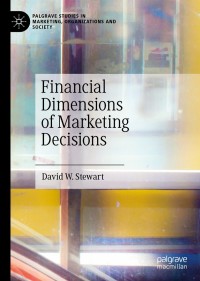Question
CONTEXT: Context: In the last century movies were distributed one-way only: through theatres. The accounting would certainly be simpler with one outlet than it is
CONTEXT:
Context: In the last century movies were distributed one-way only: through theatres. The accounting would certainly be simpler with one outlet than it is today! So for this case, lets imagine we are studying one particular award-winning film, the Movie, that was a big hit in the year XXXX and was projected to generate cash flow of as much as $350 million for Viacom, Inc., Paramount Pictures' parent company. Such success would insure the film a place among the top-grossing films of all times! Times have most certainly changed!
But was the Movie a moneymaker for Paramount in year XXXX? Films were typically distributed to theatres under an agreement that splits the gross box office receipts approximately 50/50 between the theatre and the movie studio. Under such an agreement, Paramount had received $191 million in gross box office receipts from theatres as of December 31, XXXX. Paramount reports that the film cost $112 million to produce, including approximately $15.3 million each paid to the main star and the director, andproduction overhead' of $14.6 million. This production overhead is charged to the movie at a rate equal to 15% of other production costs.
Not included in the $112 million production costs were the following other expenses associated with the film. Promotion expenses incurred to advertise, premiere, screen, transport, and store the film totalled $67 million at the end of year XXXX. An additional $6.7 millionadvertising overhead charge' (equal to 10% of the $67 million promotion expenses) was charged to the film by Paramount. These charges represent the film's allocation of the studio's cost of maintaining an in-house advertising department. Paramount also charged the film a 'distribution fee' of 32% of its share of gross box office receipts. This fee is the film's allocation of the costs incurred by Paramount to maintaining its studio-wide distribution services. Finally, $6 million in interest on the $112 million in production costs were charged to the film by Paramount.
QUESTION:
Other individuals associated with the film signed contracts based on a percentage of 'net profits' rather than gross box office receipts, net profits being the film's profit after the recouping of all the studio's expenses. For example, the writer who wrote the novel on which the movie was based, received $350,000 plus 3% of the film's net profits. The screenwriter, signed a similar contract with a fixed fee plus 5% of the film's net profits. Based on your calculations above, how much did these two individuals receive from their share of the film's net profits? How much in gross box office receipts will the studio have to receive from theaters before the novel writer and screenwriter receive any money under their net profit participation contract?
Step by Step Solution
There are 3 Steps involved in it
Step: 1

Get Instant Access to Expert-Tailored Solutions
See step-by-step solutions with expert insights and AI powered tools for academic success
Step: 2

Step: 3

Ace Your Homework with AI
Get the answers you need in no time with our AI-driven, step-by-step assistance
Get Started


